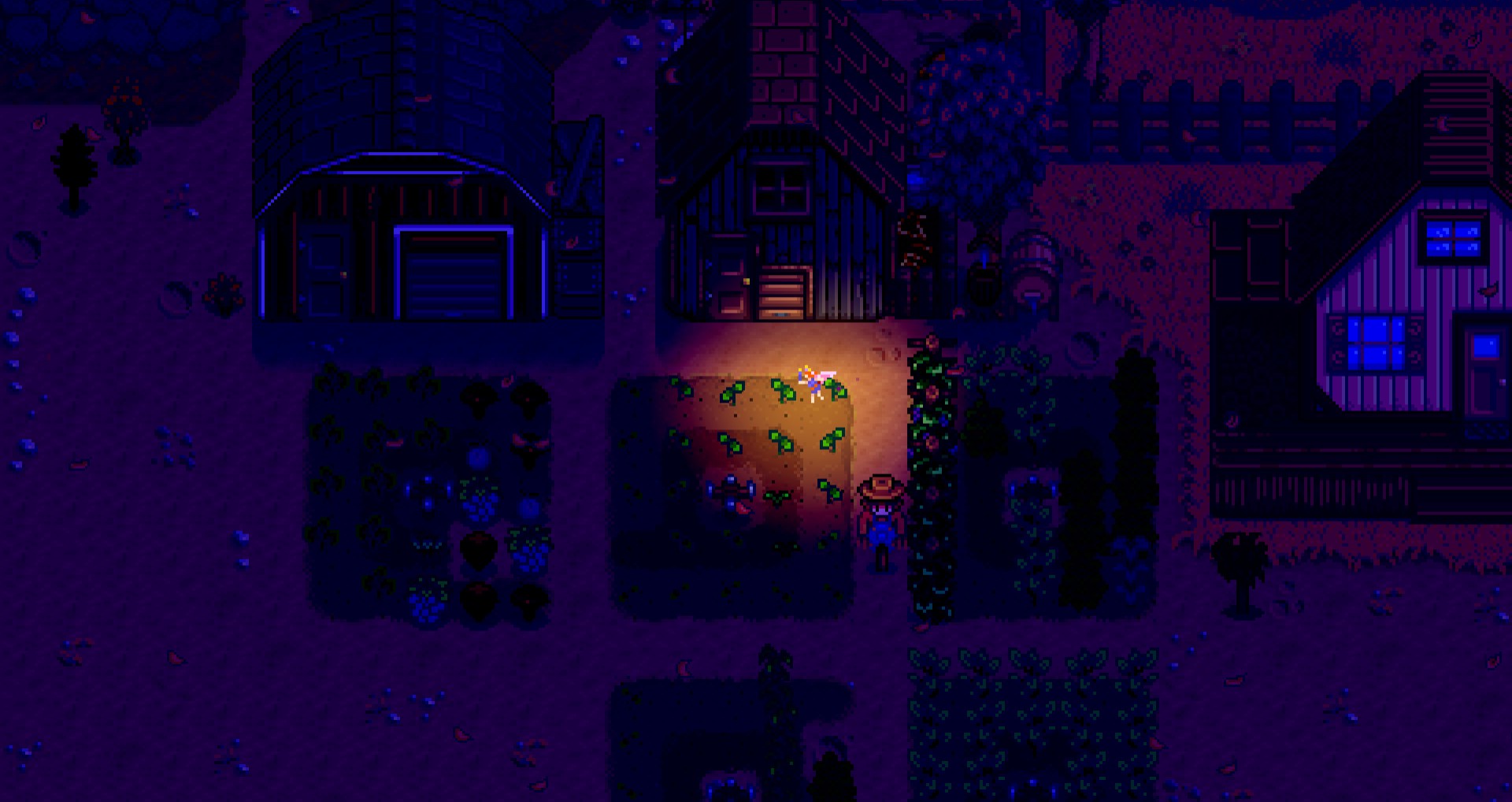Making farming great again.
There have been dozens of agriculture simulation RPGs released over the years. I've played my fair share of them, beginning with Harvest Moon: Back to Nature which captivated me for weeks. Falling in love with one of these titles is as perplexing as it is elusive; it's difficult to describe why it's so much fun growing vegetables and milking cows, and only a few games in history have been able to provide a fulfilling experience based on the premise.
When I spent $15 to pick up Stardew Valley on Steam last week, I was skeptical about its potential. After all, I had heard very little about it, and it was coded by a single person. Little did I know that I was in for one of the most delightful gaming surprises that I've ever had.
Stardew Valley begins with the protagonist inheriting an unkempt farm littered with rocks, weeds, and trees from his or her deceased grandfather, and moves to the peaceful town of Stardew Valley to seek a new adventure centered on an agrarian lifestyle.
From the get-go dialog is a strong point of the game. Meeting Stardew Valley's large cast of villagers is memorable, as each has a distinct personality punctuated by great writing. A fair chunk of time during the first few hours is spent trying to locate each of the villagers who are spread across the game's surprisingly large landscape. It immediately becomes clear that despite being a $15 game, Stardew Valley is rich with value.
The villagers are an important element of Stardew Valley as each substantiate the existence of the world and provide interaction. It's up to you to choose which villagers you gravitate toward, as each can be gifted a couple items per week. To befriend, and potentially marry, one of the villagers requires deliberate communication as you seek to understand their preferences before presenting them with items that they find interest in.
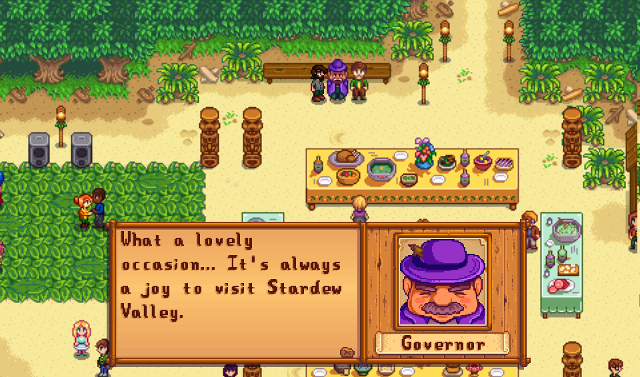
Although most interactions with the villagers are typically simple dialog exchanges, the game has a variety of quests and cutscenes that mix things up. Humor and witty references are plentiful in these story-focused moments, resulting in you looking forward to them. It's worth nothing that you may choose to completely defer from socializing in the game, but those who spend time becoming familiar with the world's inhabitants are rewarded with opportunities. In the case of marriage, you'll have a partner to help you tend to daily activities and even to have a child. This freedom of choice is a theme that stretches across the game experience; there isn't necessarily anything in the game that you have to do as you create your own short-term and long-term objectives.
ALSO READ: The Hidden Secrets of Stardew Valley
Stardew Valley's sprite-based appearance is pleasant on the eyes and fits the style of game extremely well. Characters and environments are reminiscent of the unembellished 16-bit era, and gamers who played the legendary SNES version of Harvest Moon will feel right at home. This classic style of visual leaves a part of the adventure up to the imagination, where characters are defined by text dialog and plain portraits that provide a great sense of personality. Although rudimentary in visual style, the world is colorful, diverse through all four seasons, and brought to life through an imaginative soundtrack that is beautifully composed.
Although the villagers are an important element of Stardew Valley, perhaps the primary objective of the game is to make money and open up new opportunities. Creating reliable revenue streams is accomplished through a variety of means, most prominently by planting crops and watering them each day until they can be harvested. While waking up each morning to water plants might sound boring, it's made enjoyable through a variety of the game's well-delivered systems. For example, there's a full crafting system that allows you to gather materials and build items such as sprinklers, cheese presses, fences, scarecrows, and much more. The only issue with a few of these systems is the lack of explanation as the tutorial isn't fully developed; players will need to invest themselves to get the most out of the game.
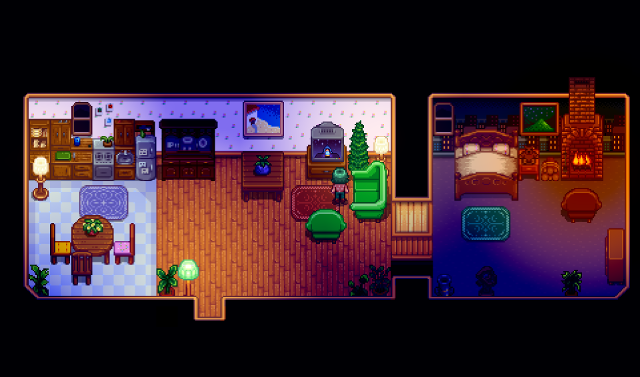
The importance of gathering items extends beyond the crafting system. There's also a museum that collects artifacts that are found in unorthodox ways, such as through using your hoe on worm-infested locations around the game world, bringing mined geodes to the Blacksmith, and fishing. There's also a community center where you can bring items both general and rare to complete six bundle collections. Completion of each collection is significant as things such as the mining cart that can be used to teleport between three locations on the map or the revitalization of the demolished greenhouse on your farmland can be unlocked. To some players, the community center bundles will be the primary objective and source of motivation of the game.
ALSO READ: 20 Tips and Tricks For Stardew Valley
There's a great sense of discovery and wonder in Stardew Valley's progression. During the first year new systems are unlocked at a steady pace, slowly making the decision-making process as to what to do each day more complex, while providing several ways to enjoy the game and make money. You'll earn the ability to amass an army of farm animals ranging from cows to ducks and even goats, become capable of cooking food in your own kitchen, and visit new locations to harvest resources, fish, and more. Some of these systems have issues, such as how animal feed (hay) becomes remarkably rare in the Fall and Winter, diminishing the return on investment of an animal-based farm. However, given the rate of updates from the game developer, it shouldn't be long before mechanical balance is achieved.
As you participate in various activities, such as farming or foraging, you'll level up in skill and become more efficient. You can even specify two of four specializations to invest in during the journey from level 1 to 10 in each category. Just remember to be cautious, as most decisions in the game are final, such as where you place buildings and how you specialize your character in the skill tree.
There are also the mines, which you unlock early on. When you visit the mines the game transforms from an agricultural simulator to a classic action-RPG. The mines are a place with over 100 randomly generated levels filled with ore, enemies, and treasure. Equipped with a sword, the protagonist is tasked with finding ladders hidden in the environment while defending himself or herself from harm's way. The combat harkens back to the early The Legend of Zelda adventures with simple timing-oriented strikes and parries. It's fun, and as with a lot of the other elements of the game, it helps to diversify the experience.
These naturally unlocked systems, such as the mines, are supplemented by a variety of secrets hidden in the game world. There are new places to visit, items to obtain, and interactions that not everyone will encounter. Finding these secrets and learning how to access what they have to offer is never obvious, and creates a sense of mystery that drives ambition beyond just making money to expand the farm.
It isn't common that you encounter a game as charming and delightfully addictive as Stardew Valley. It finds a harmonious balance of progression, activities, and rewards resulting in each day being distinct and memorable. It's a triumph in indie game development, demonstrating that a single developer with tremendous heart can make something more meaningful and captivating than even the most prolific AAA studios.
-
Balanced progression
-
Beautifully composed soundtrack
-
Strong writing and dialog
-
Wealth of rewards and secrets
-
Combat diversifies experience
-
Great environmental variety through four seasons
-
Frequent updates from developer
-
Character portraits leave a lot to imagination
-
Many important decisions are final
-
Short tutorial isn't enough to welcome most players
-
Some important mechanics have been overlooked
Stardew Valley - Jonathan's Screenshots
-
Meeting the Wizard
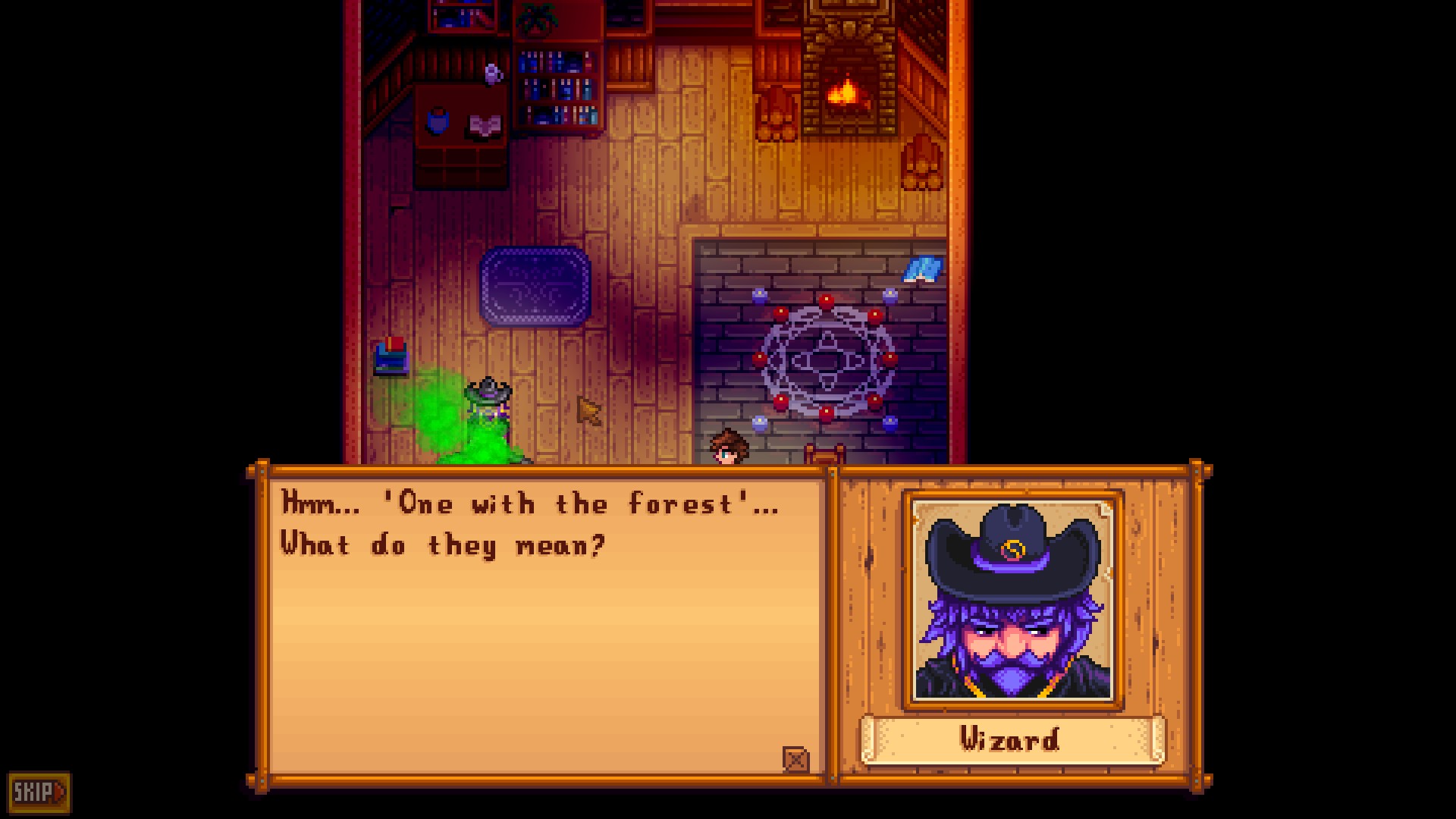
-
Level Up!
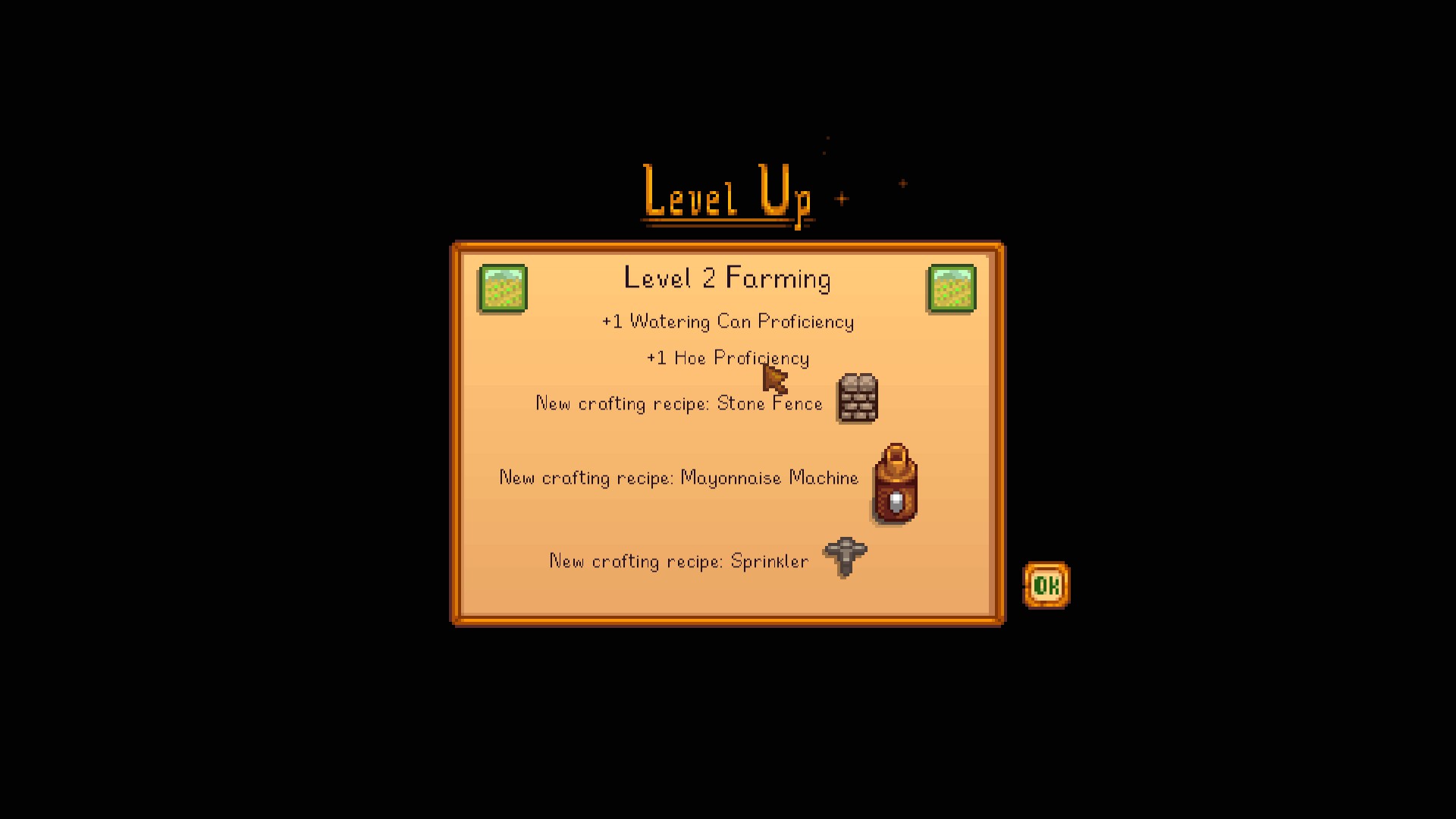
-
Unkempt Farm
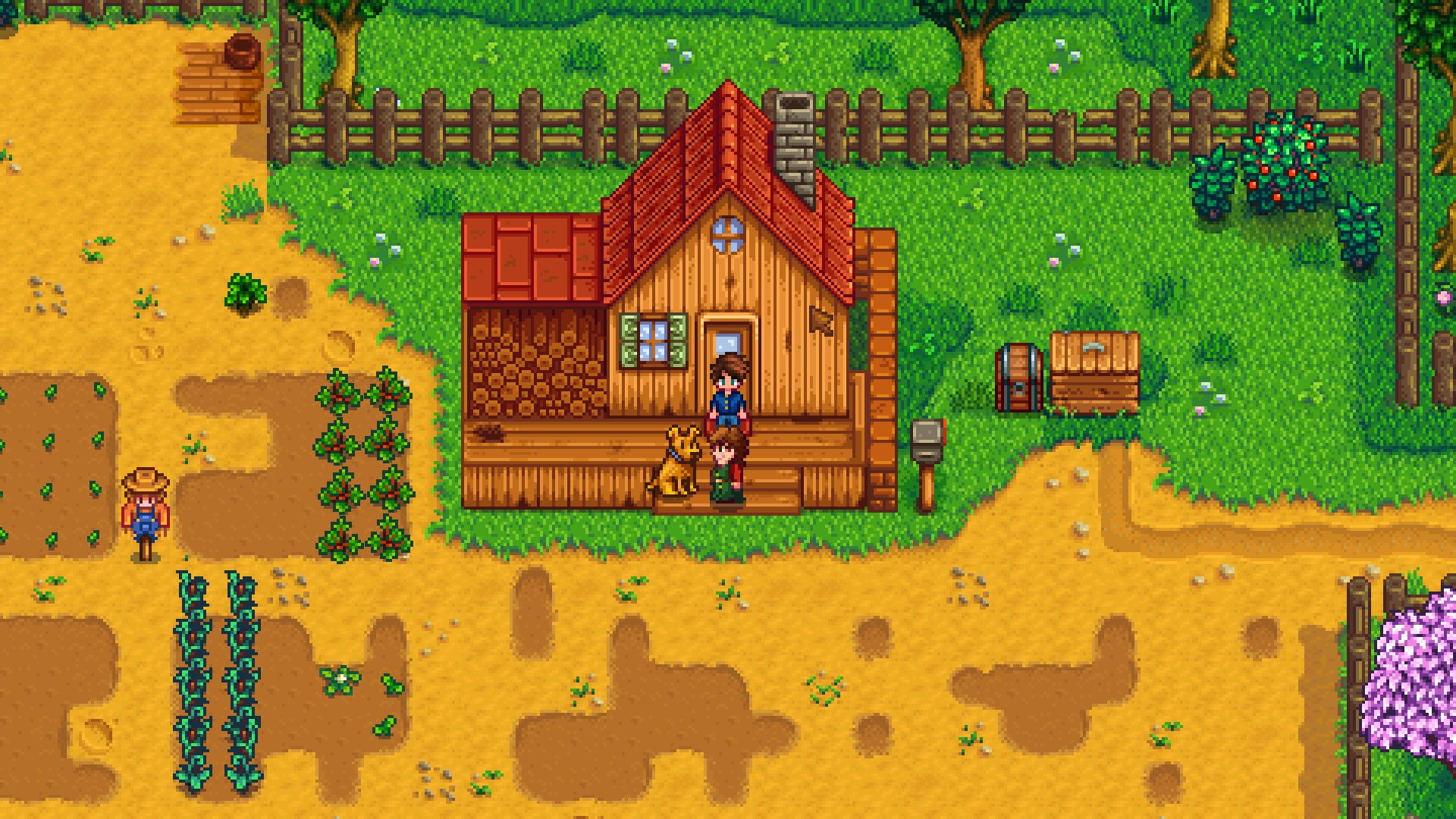
-
The Beach
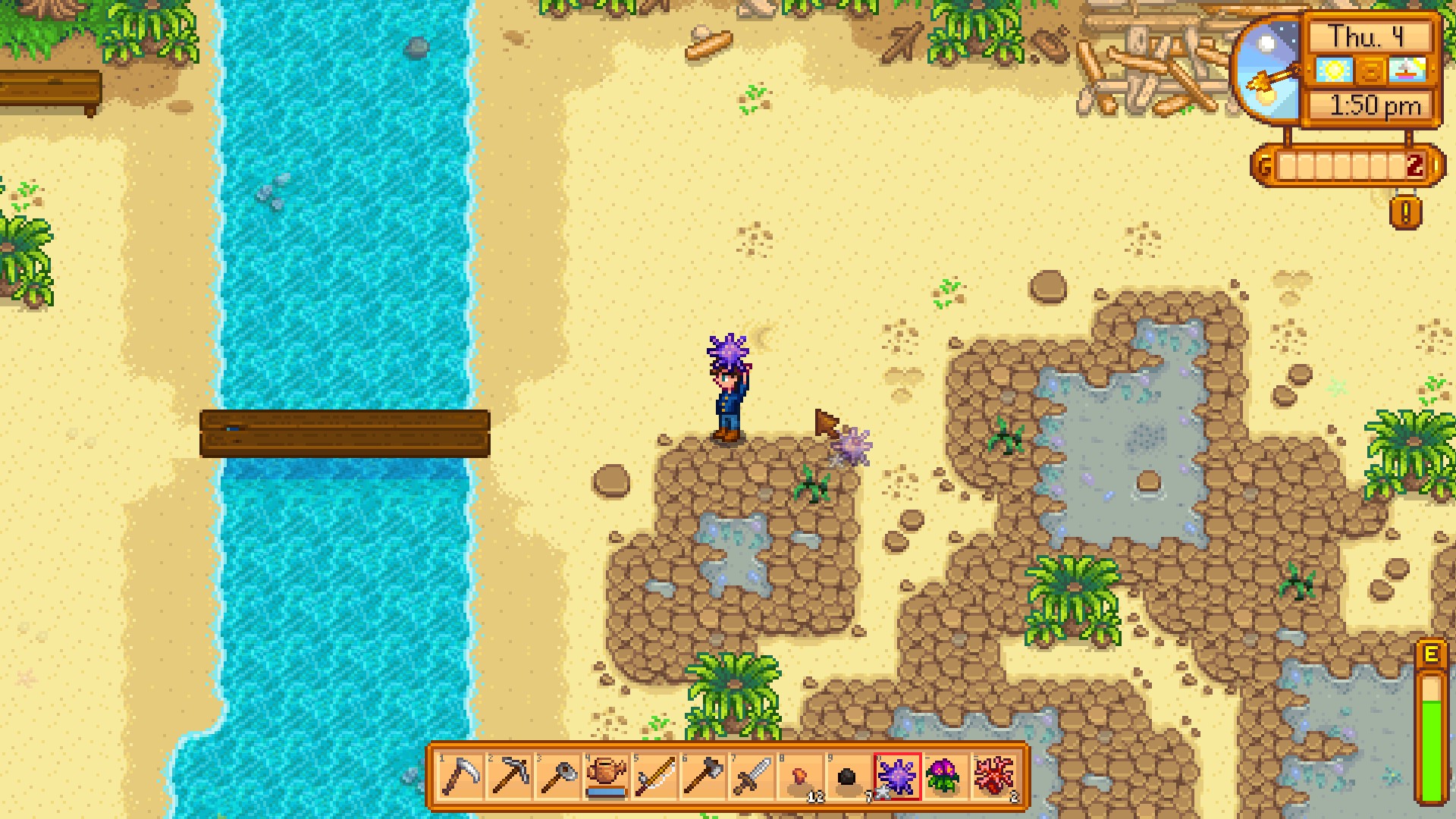
-
Decisions
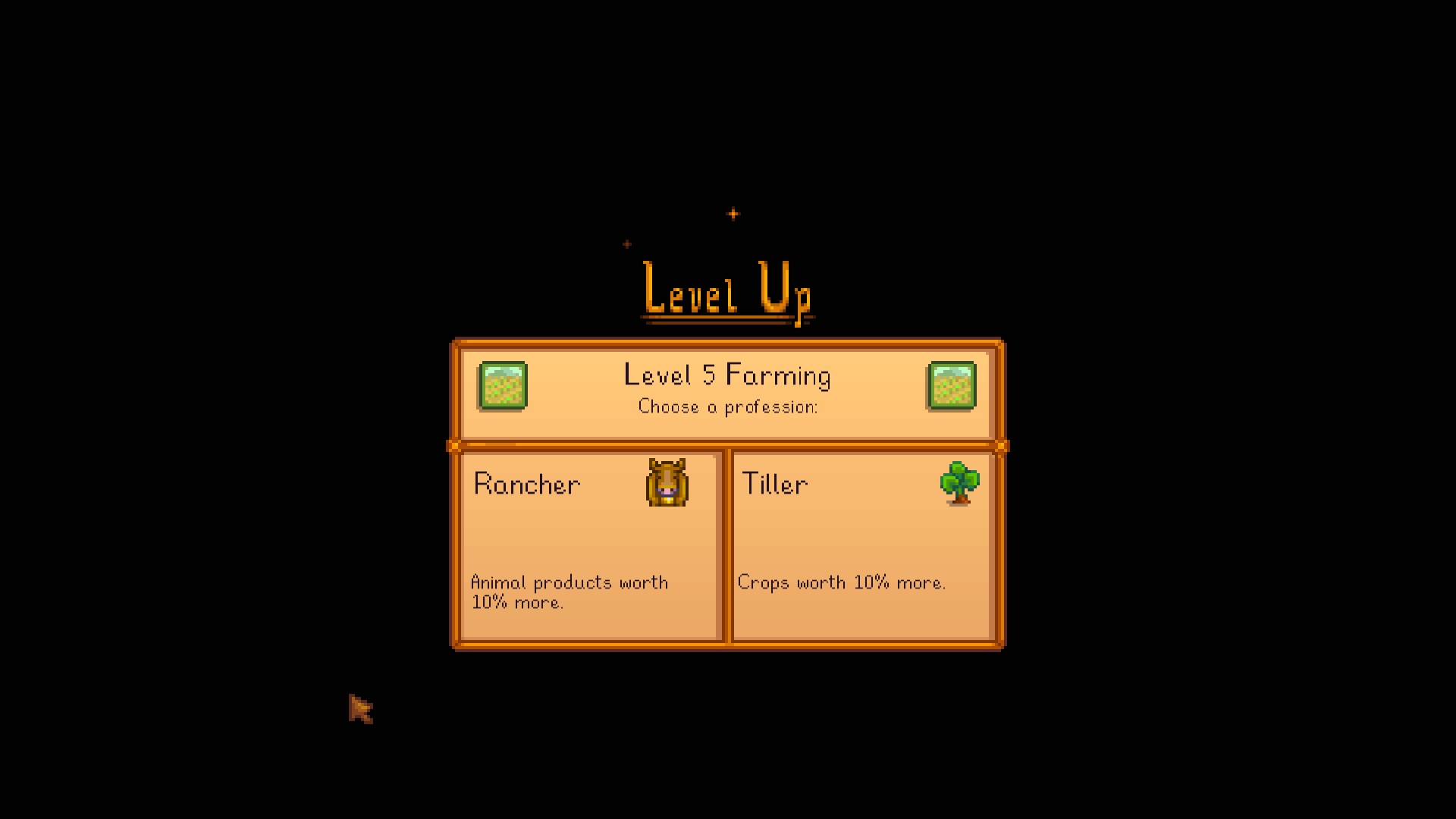
-
A Huge Berry
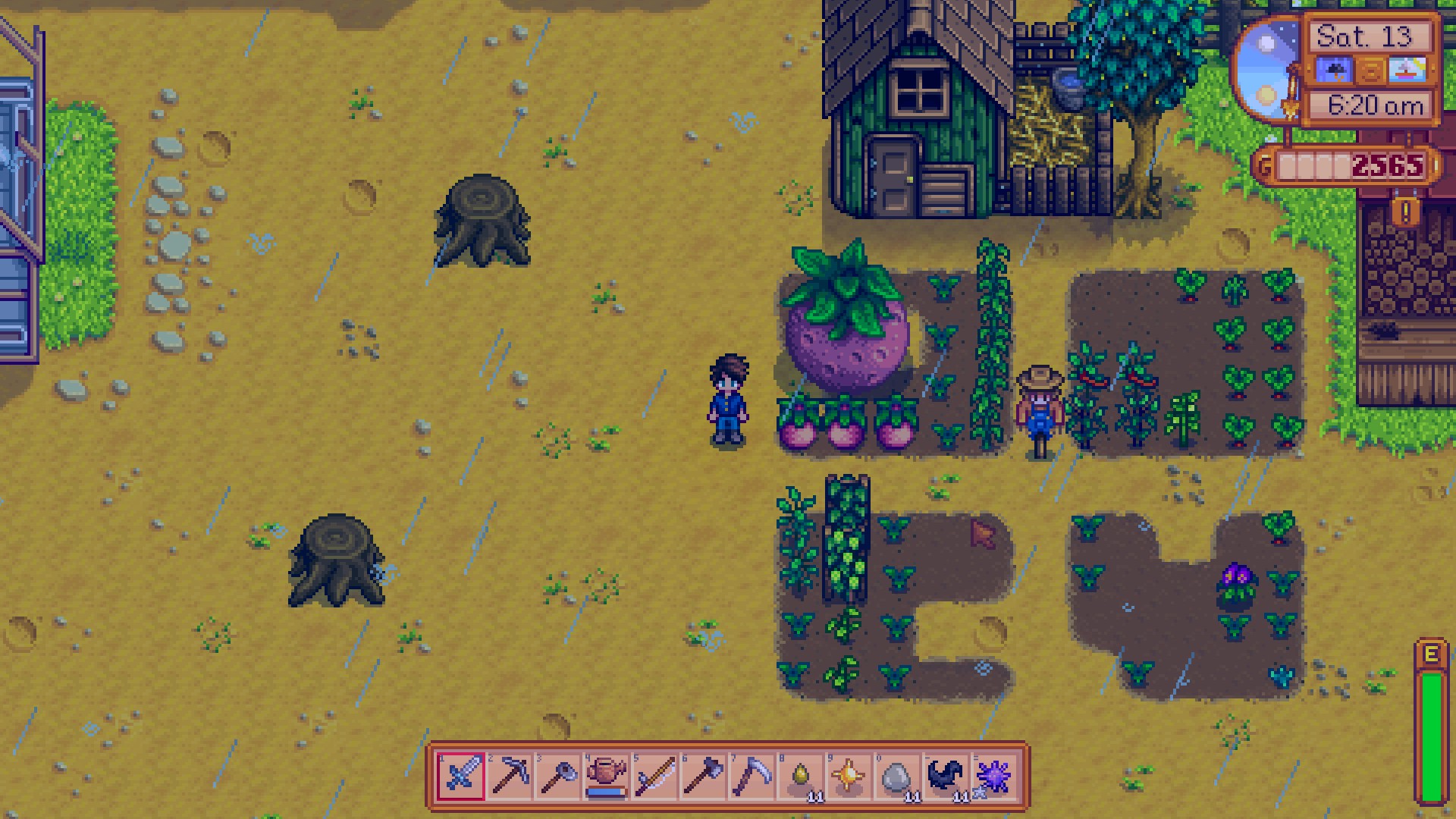
-
Stats
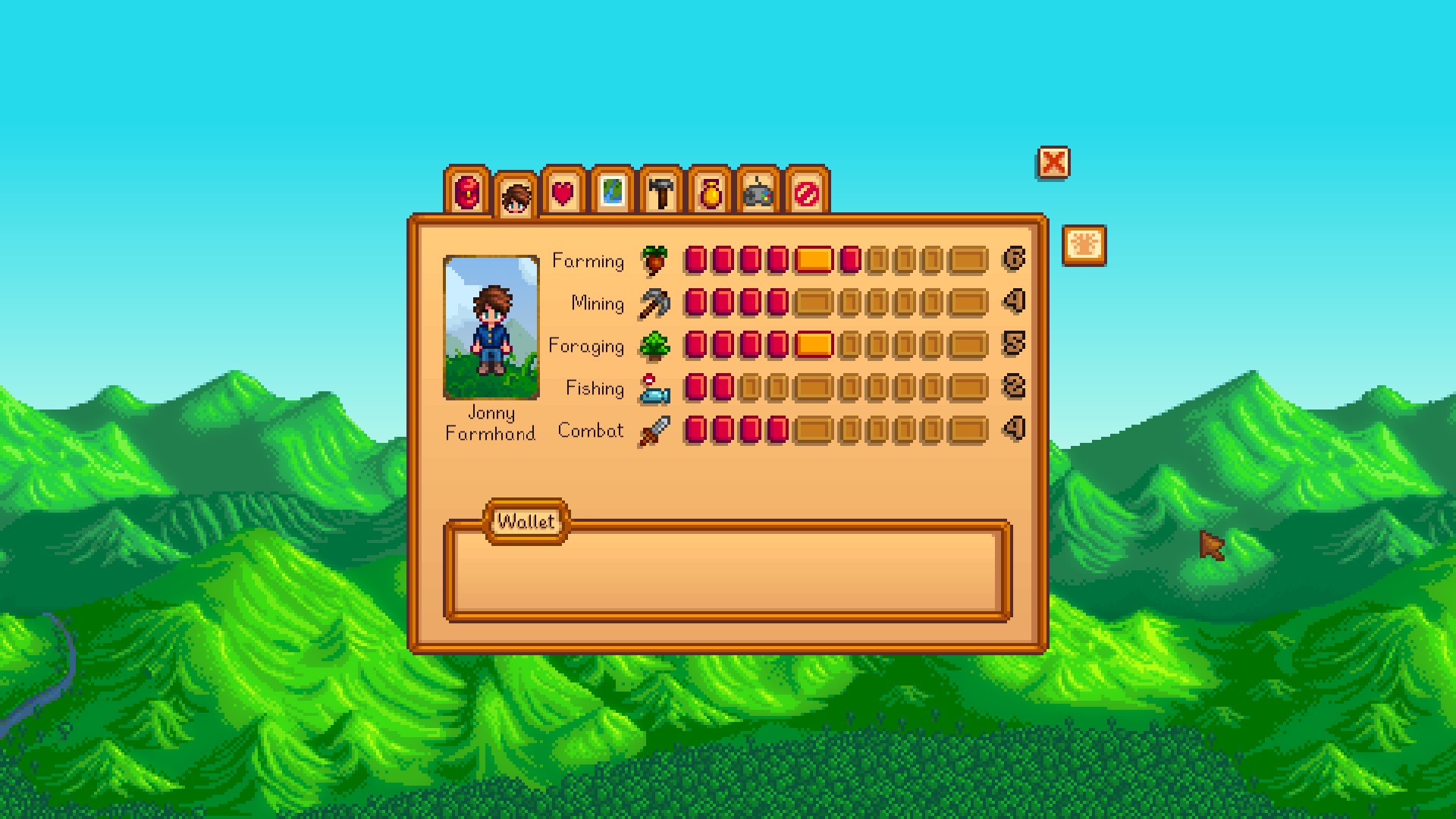
-
The Mines

-
Inventory
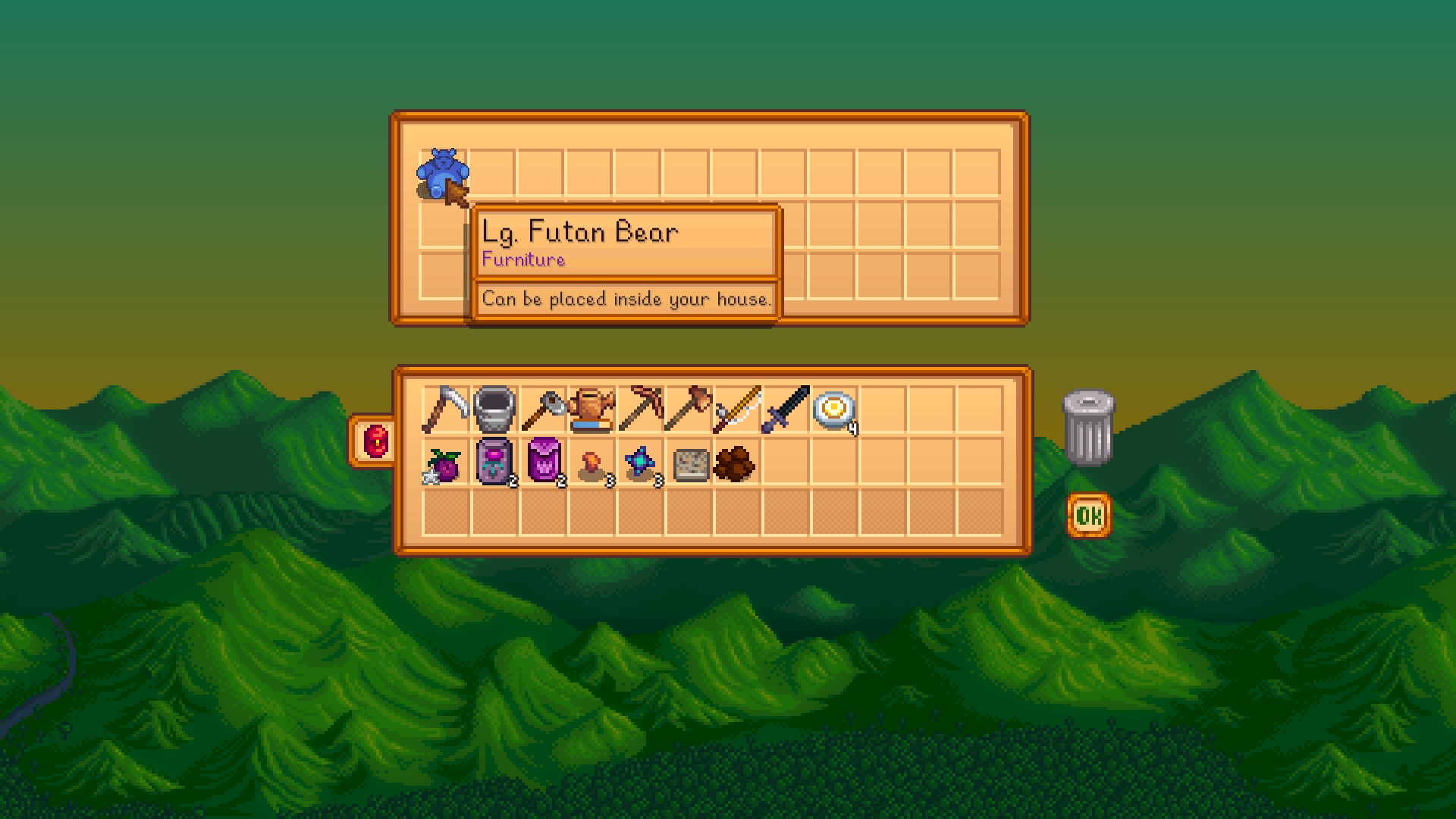
-
Dialog
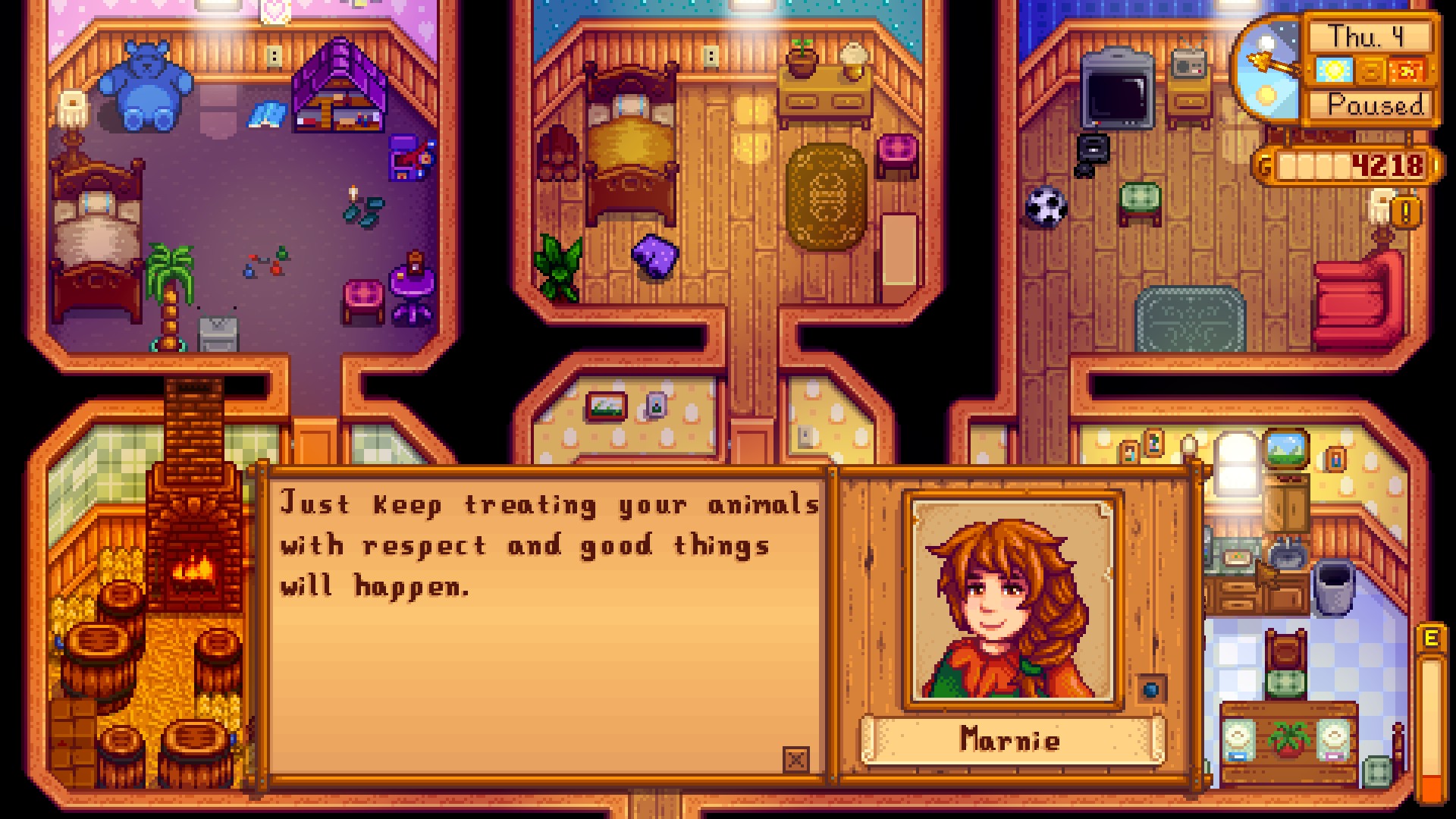
-
My Farm
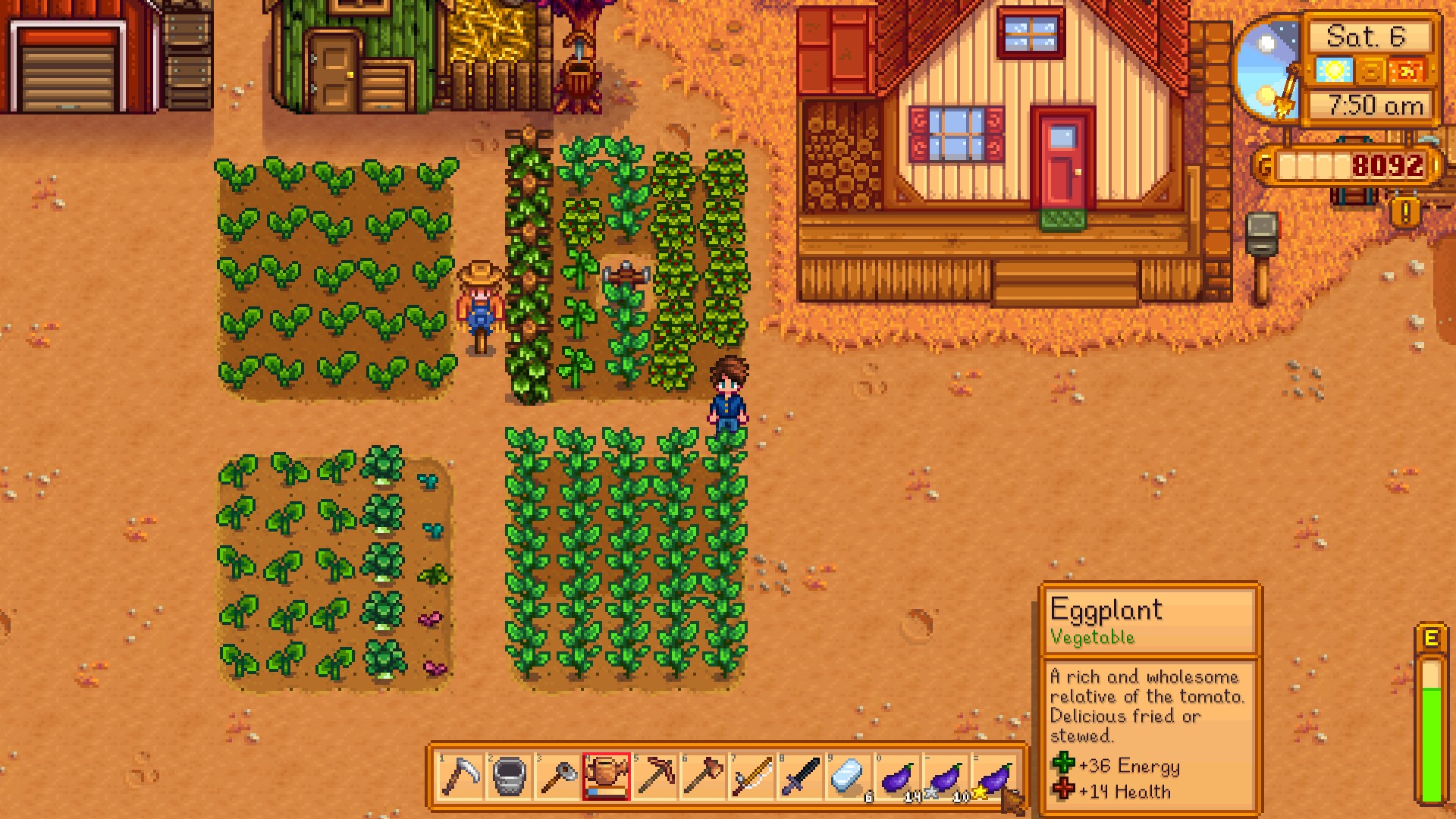
-
The Blacksmith

-
Character Screen

-
Friends
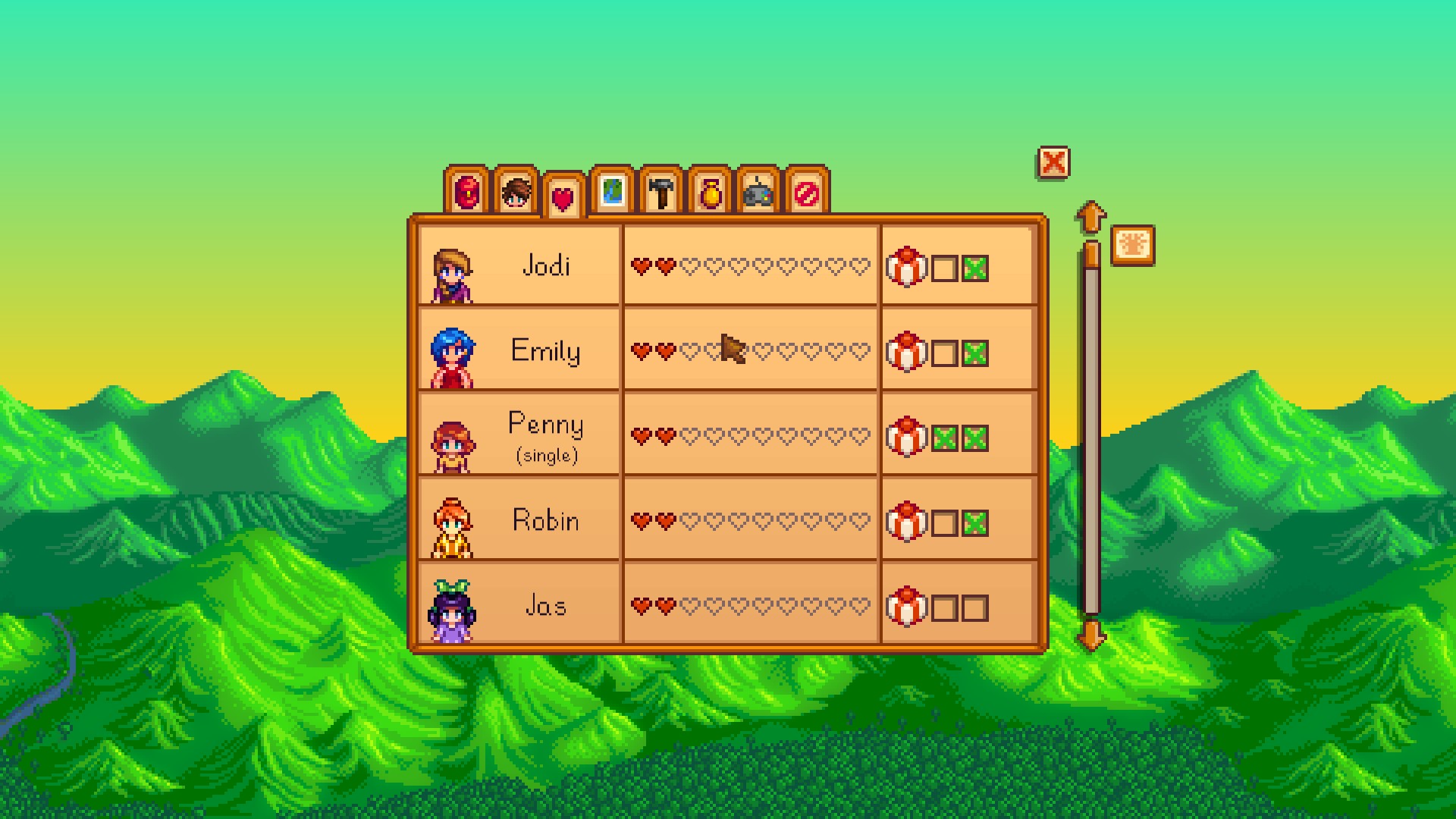
-
Community Center Bundle
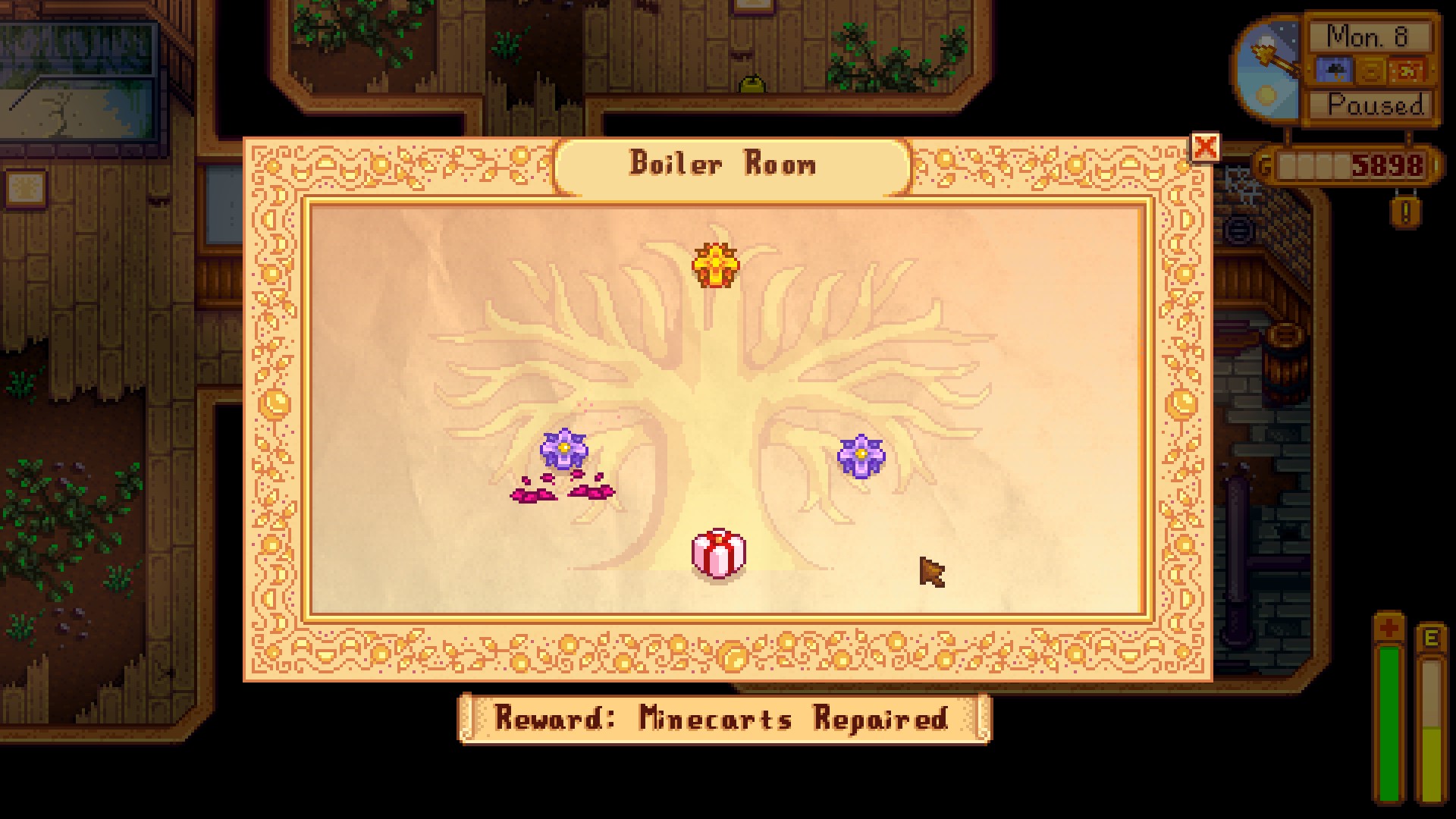
-
Reward

-
Secret
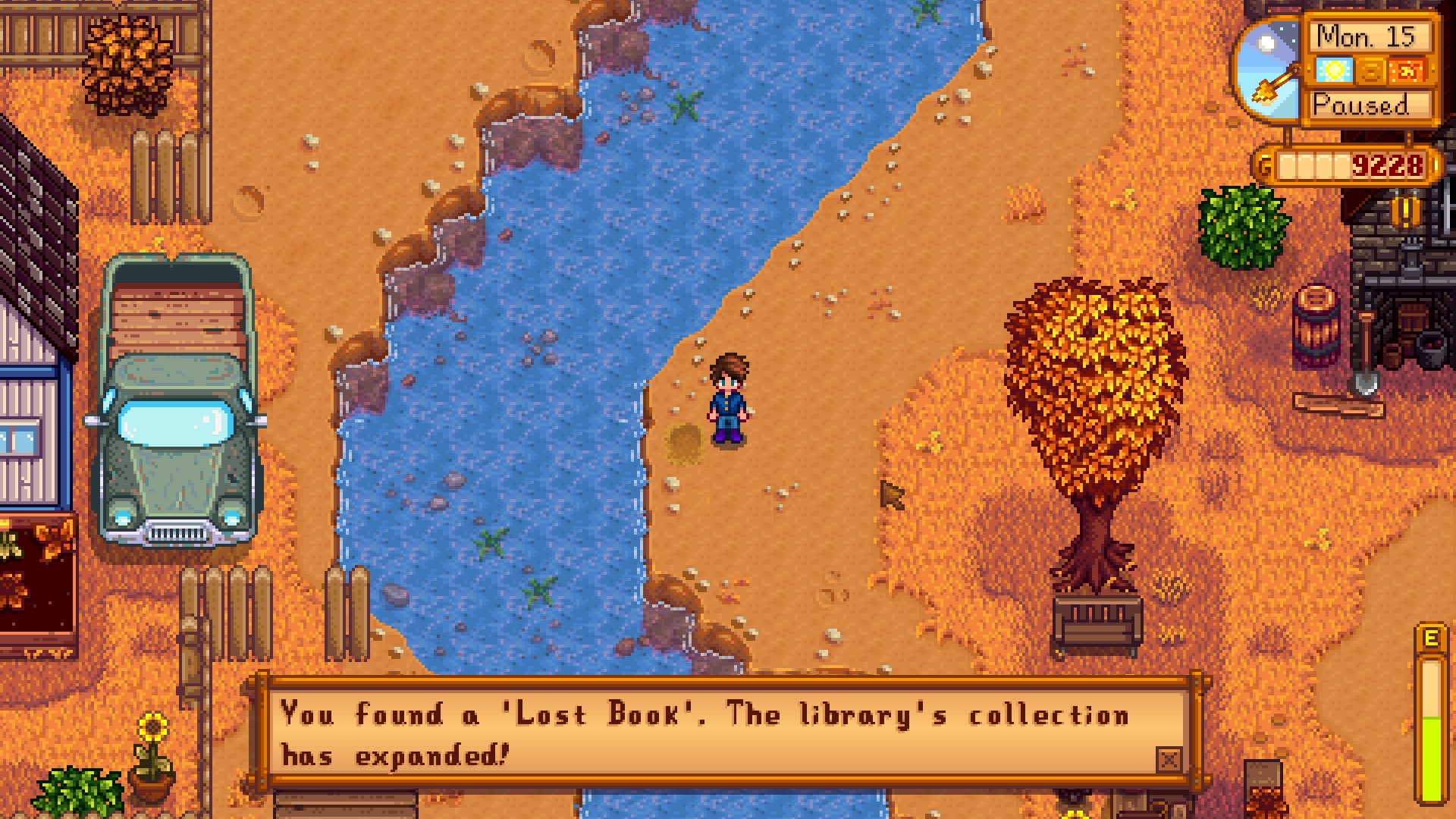
-
Festival
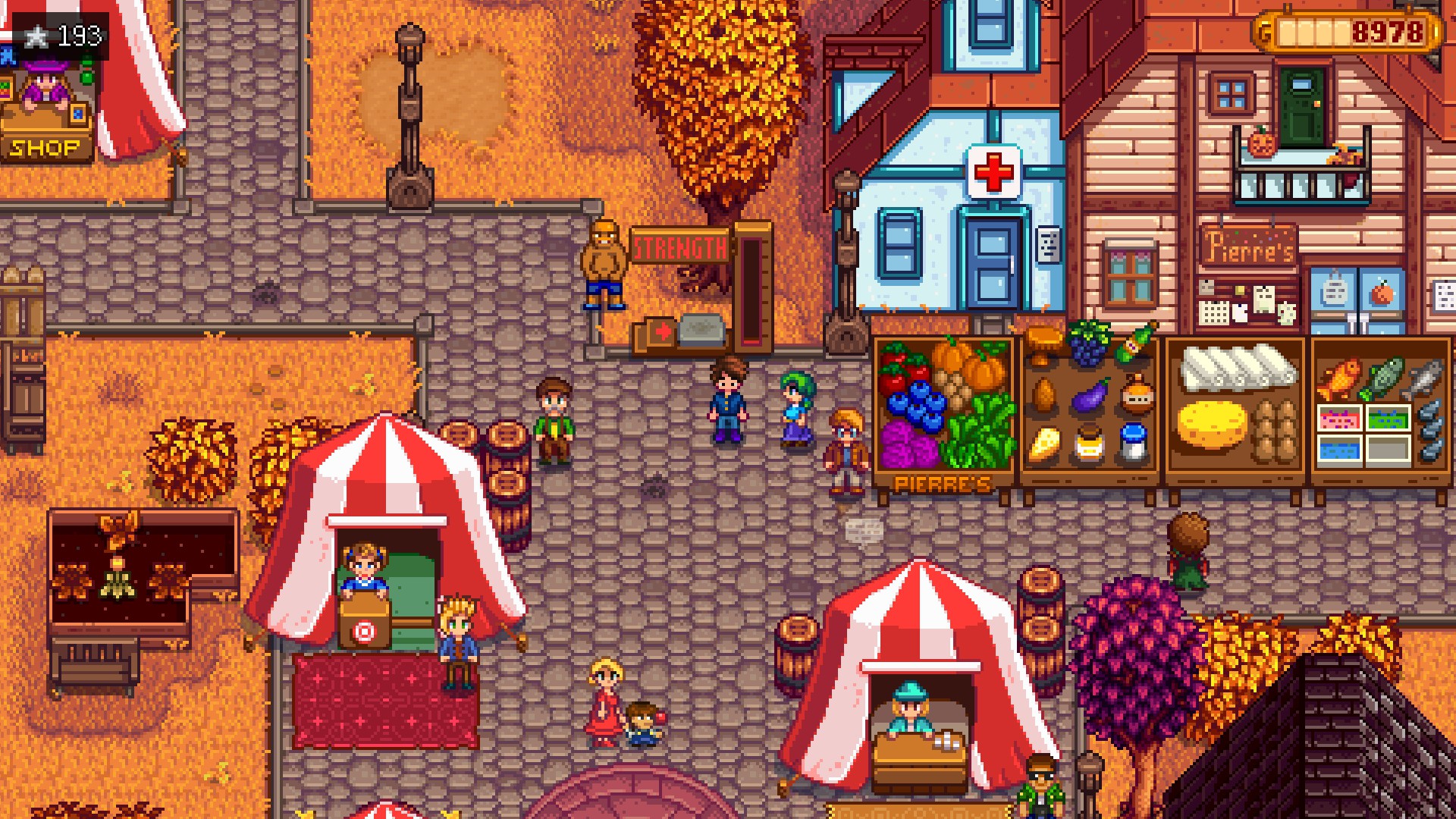
-
Harvesting Resources
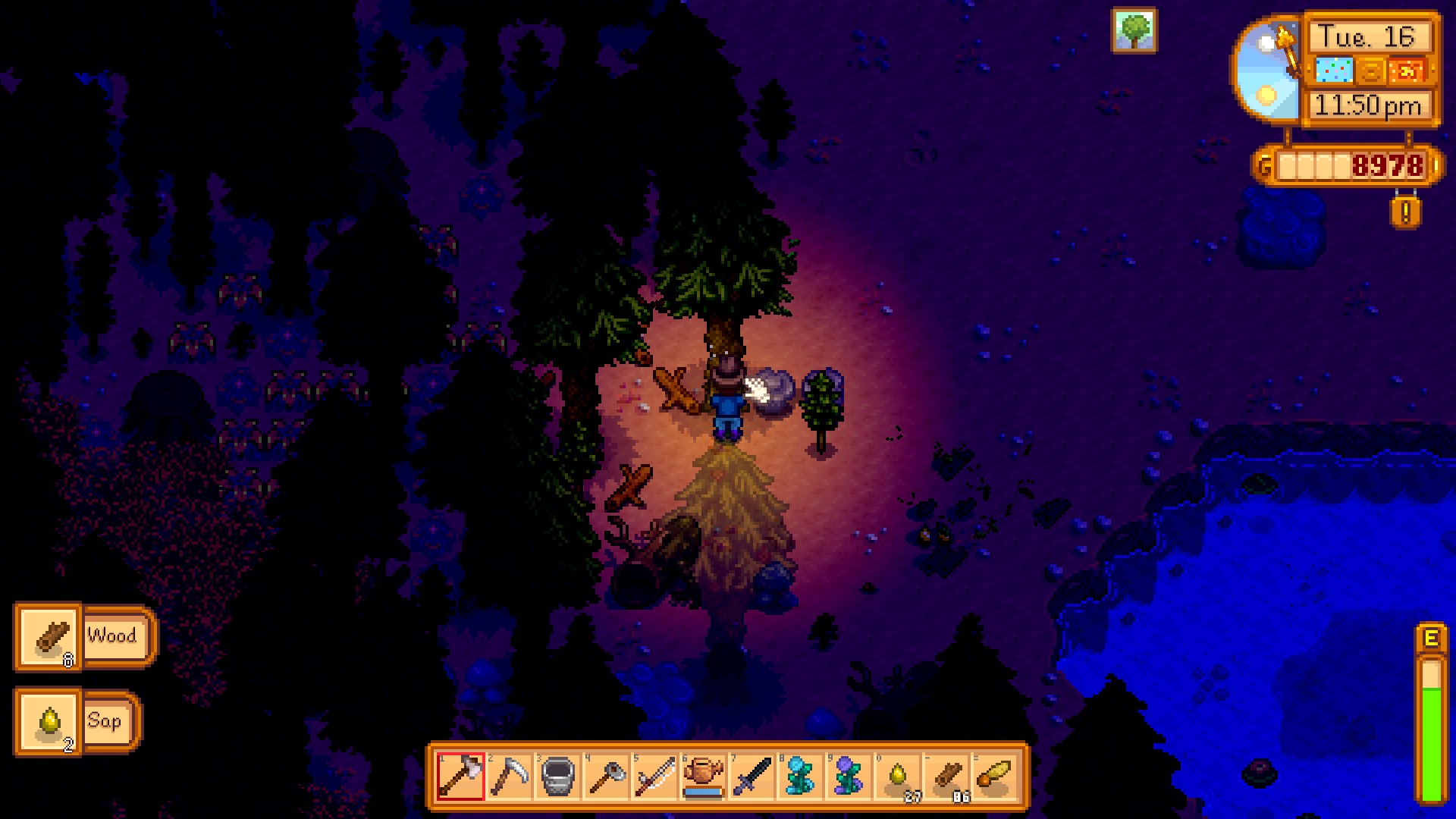
-
Fairy
